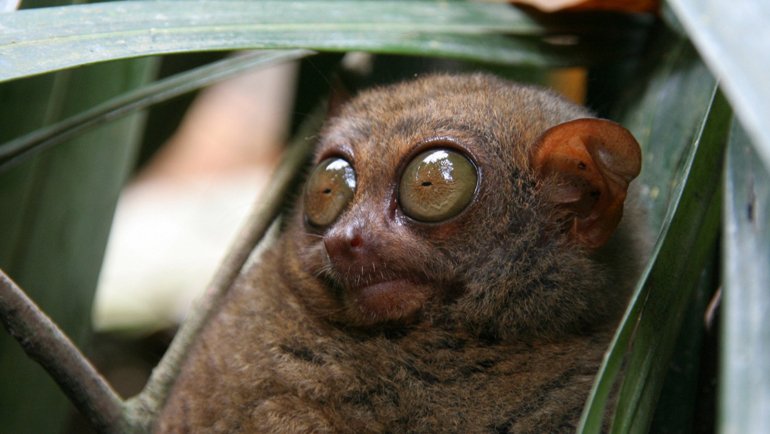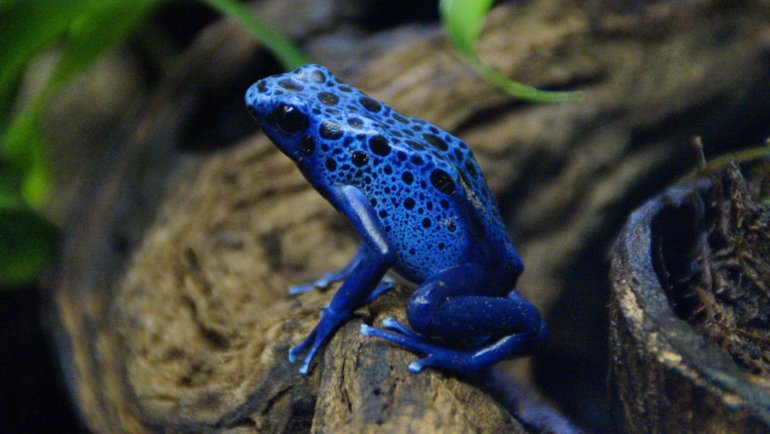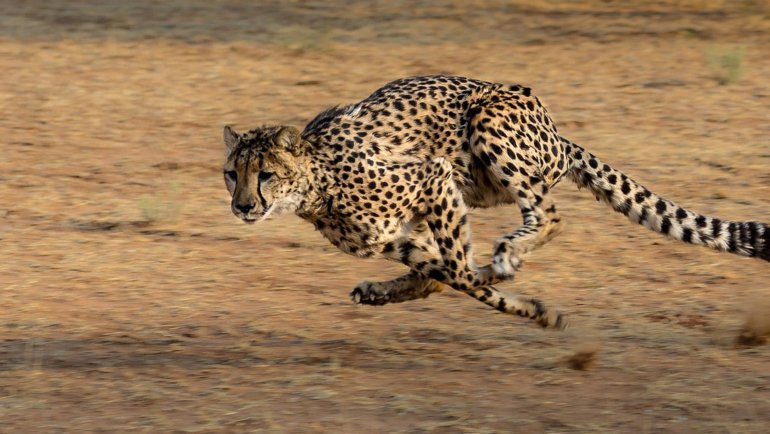Penguins are well-known for their unique appearance, waddling walk, and remarkable swimming ability. However, their inability to fly has often led people to wonder if penguins were once capable of flight. This article explores the evolutionary history of penguins, why they lost the ability to fly, and how they adapted to thrive in their aquatic environment.
Did Penguins Ever Fly?
Yes, penguins’ ancestors were once capable of flight. Penguins belong to the group of birds known as Aves, which includes all modern birds, most of which can fly. Fossil evidence suggests that the ancestors of penguins were flying birds that gradually adapted to a life in the water over millions of years.
The transition from flying to swimming occurred because certain environmental factors favored aquatic adaptations. As these early penguins spent more time diving and swimming, their bodies underwent significant changes to become better suited for life in the water.
Why Did Penguins Lose the Ability to Fly?
There are several reasons why penguins lost their ability to fly:
- Adaptation to Aquatic Life: Over time, penguins became specialized for swimming rather than flying. Their wings evolved into flippers, allowing them to move through water with remarkable speed and agility.
- Body Structure: As penguins adapted to underwater hunting, their bodies became heavier and more streamlined, enhancing their diving ability but making flight nearly impossible.
- Lack of Natural Predators: In their cold and remote environments, penguins faced fewer land-based predators. This allowed them to focus on optimizing their bodies for swimming rather than flight.
- Energy Efficiency: Swimming is a more energy-efficient way of hunting for fish and krill compared to flying. Evolution favored adaptations that improved diving efficiency, even at the expense of losing the ability to fly.

How Are Penguins Adapted for Swimming?
Penguins have evolved several physical traits that make them excellent swimmers:
- Flipper-like Wings: Unlike most birds, penguins’ wings are shaped like flippers, providing propulsion in the water rather than lift for flight.
- Streamlined Bodies: Their sleek, torpedo-shaped bodies reduce drag and allow them to move effortlessly through the water.
- Dense Bones: Unlike most flying birds, penguins have dense bones that help them stay submerged while diving.
- Insulating Fat and Feathers: Penguins have a layer of blubber and dense feathers to keep them warm in icy waters.
These adaptations have made penguins some of the most efficient swimmers in the animal kingdom, capable of diving to impressive depths and staying underwater for extended periods.
Could Penguins Ever Fly Again?
It is highly unlikely that penguins will ever regain the ability to fly. Evolution tends to favor traits that enhance survival and reproduction. For penguins, swimming is far more advantageous than flying in their cold, aquatic environments. To regain flight, penguins would need to undergo drastic evolutionary changes over countless generations, which is improbable given their current ecological niche.
Conclusion
Although modern penguins cannot fly, their ancestors were once capable of flight. Over millions of years, these remarkable birds have adapted to life in the water, evolving specialized traits that make them powerful swimmers. The story of penguins is a fascinating example of how evolution shapes species to thrive in their environments.





